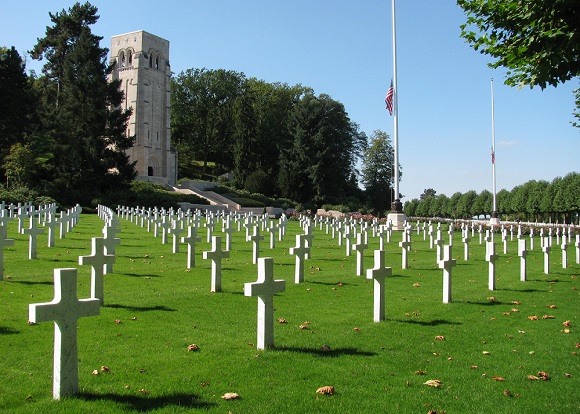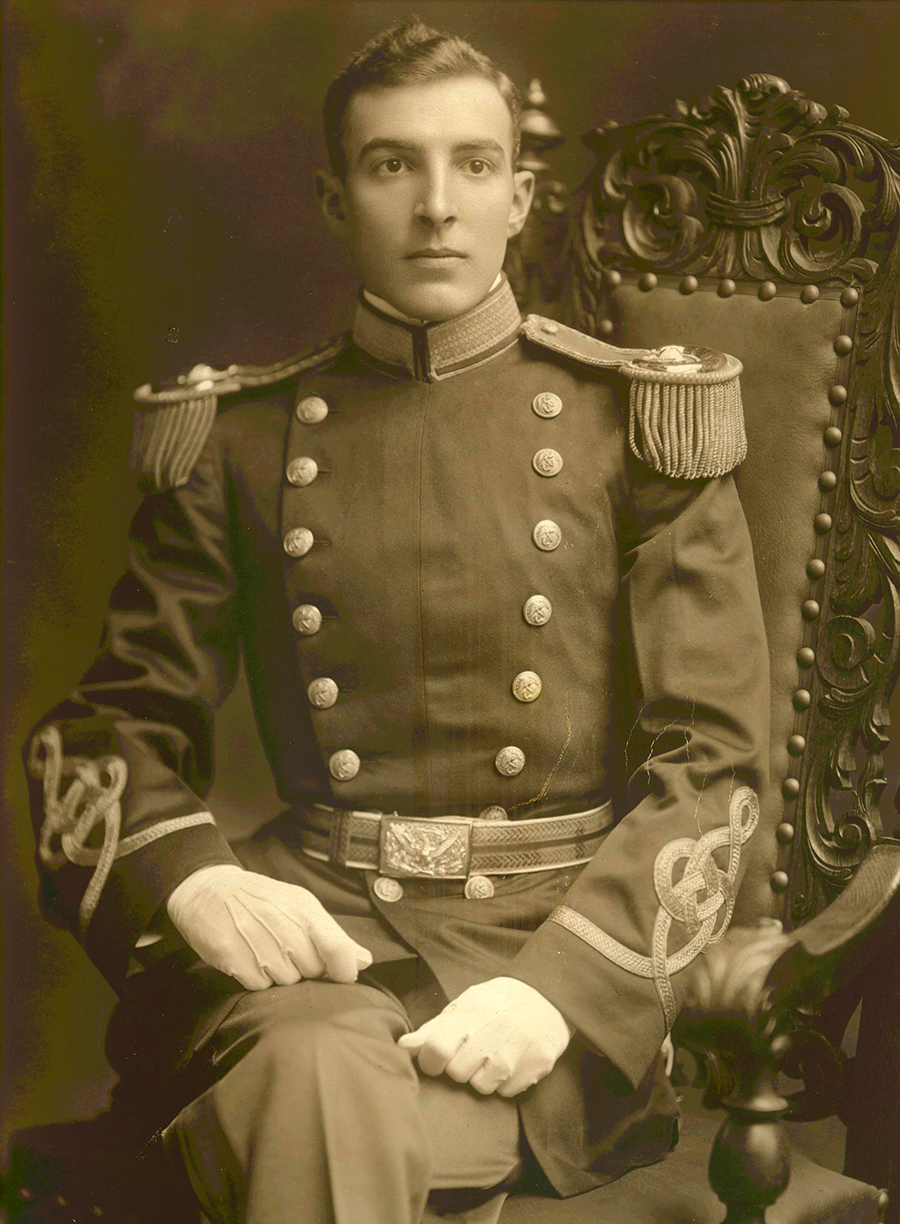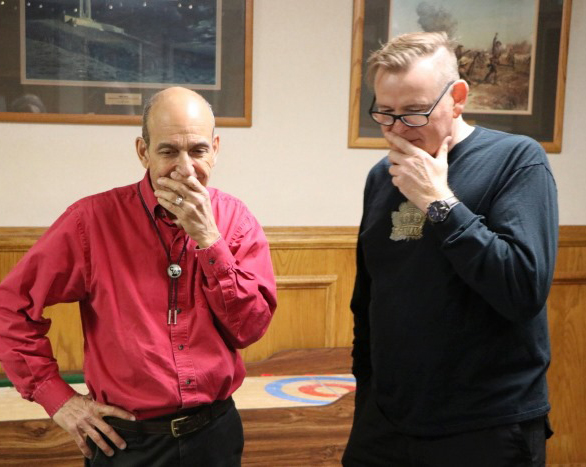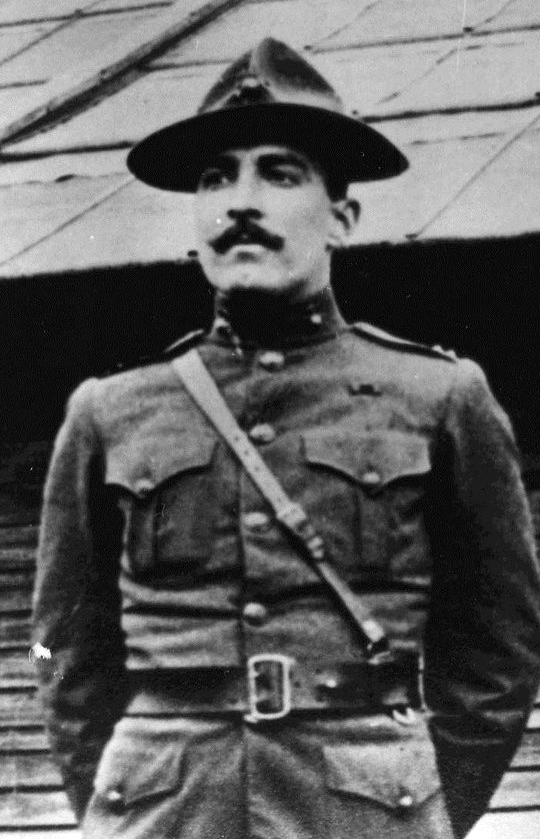
Just northeast of Paris, France, lies a small wooded hill. The few acres of green have been peaceful for most of the last century. Aisne-Marne American Cemetery resides here. It’s home to the memorial stones of 2,289 war dead, mostly Americans. A few hundred yards down the hill, 102 years ago, a great battle raged here.
Near the start of it, French troops found themselves overwhelmed by a charging enemy. In March 1918, the German Army had launched its largest offensive, that it hoped would drive the Allies into the sea and deliver them victory in the Great War. On June 2, 1918, a retreating French soldier is alleged to have shouted to arriving U.S. troops:
“Withdraw! Withdraw! We are overrun!”
Historians tell us, in that moment, Lloyd Williams, a young Marine captain from Virginia, shouted back, “Retreat? Hell, we just got here!”

Capt. Williams led a company of U.S. Marines into that maelstrom. What’s more, he and the other 300 soldiers of his regiment turned the tide. They blunted the German juggernaut, preventing it from overrunning Paris. Nine days after his arrival, on that hillside at Belleau Wood, Capt. Williams – suffering from gas and shrapnel wounds – told medics to attend others first.
When stretch-bearers eventually tried to evacuate him, Williams was killed in a shell explosion. However, he and his corps, together with Canadian, British, French and Allied nations, on Nov. 11, 1918, forced Germany to surrender.
Aisne-Marne American Cemetery is about 4,000 miles from the White House and even further from understanding by its occupant. The man who claims to be that country’s leader, indeed, has often called himself “a war president,” stooped lower (if that’s possible) than ever, calling Capt. Williams and his comrades – some 2,289 of them – “losers” and “suckers.”
He denies using those words, but at this stage of the current presidency, I’m inclined to believe Jeffrey Goldberg, the editor-in-chief of The Atlantic magazine; he told CNN, “We’re not going to be intimidated by the President. We’re going to do our jobs.”
I don’t have the standing among international or even national historians to argue the merits of waging war against Germany between 1914 and 1918. I defer to peers such as Margaret MacMillan, Tim Cook or Barbara Tuchman.
But what I think I can argue is character, motivation, skill and moral fortitude of average men and women who served Allied nations in that conflict. And with that weapon of wisdom, I’d be prepared to argue the quality and worth of those volunteers with anyone – even a man who professes superior perception of “reality” than the rest of us.

Further, let me offer the research and testimony of a fellow writer and historian. Glenn Kerr has long pursued the stories of Canadians and others through his tireless work for the Central Ontario Branch of the Western Front Association. He contributes to and edits The Maple Leaf, COBWFA’s periodical.
In the summer 2020 edition, Kerr recounts the story of Sir Reginald Blomfield, who designed a stone archway as a memorial to honour the missing from the Great War. Constructed at the eastern entrance to the city of Ypres, Belgium, the Menin Gate features 60 panels with 54,896 inscribed names of those with no known graves, incorporated into a massive arch over the road.
The panels offer names of the missing from our own 116th Ontario Battalion, as well as eight recipients of the Victoria Cross, including Canadians L/Cpl. Fred Fisher, Sgt. Maj. William Hall and Lt. Hugh McKenzie.

First unveiled on July 24, 1927, the commemorative arch awakens each evening at 8, when police stop all traffic from passing, and invite buglers from Ypres’ firefighter brigade to perform The Last Post and Reveille. From 1927 to the present, the Last Post ceremony has become a living tribute to service and sacrifice of the missing – every night.
The only exceptions were the nights when Nazi Germany occupied Belgium in WWII; however, on Sept. 6, 1944, when Polish forces drove the Germans from Ypres (76 years ago this week) the ceremony resumed. Otherwise, the ceremony is perpetual.
“The Menin Gate,” Kerr writes, “is to walk in the footsteps of the Great War soldiers who passed this way never to be seen again.”

By the way, in addition to his stature as a leader of men in the midst of the Belleau Wood battlefield, Lloyd Williams received the Distinguished Service Cross and the Congressional Medal of Honor (posthumously). In 1921, when his family requested his remains be repatriated, thousands attended the train route as his casket travelled home to Virginia. Generals, troops and yes, presidents acknowledged his service.
I haven’t the space here to list the organizations, Legions, university buildings and streets that bear Lloyd Williams’ name.
But with reverence and great respect, I’d visit any one of those places long before considering a stay in a gilt-faced hotel tower bearing the name of a so-called “war president.”